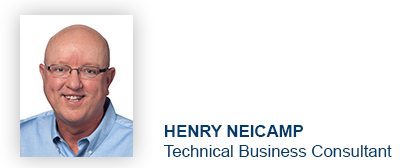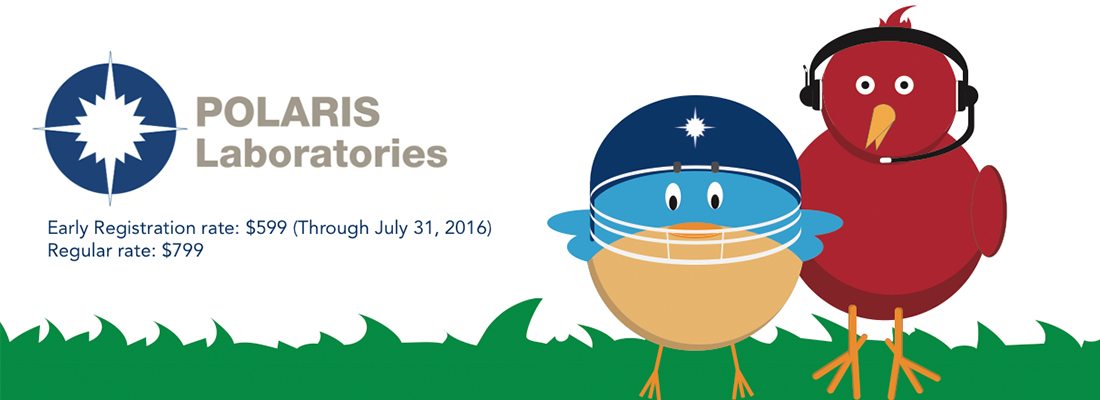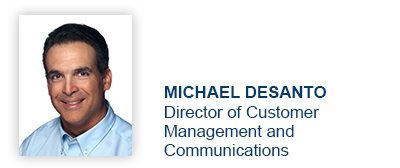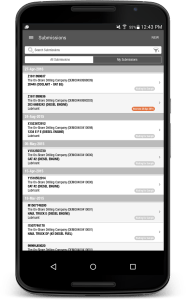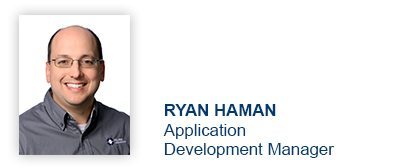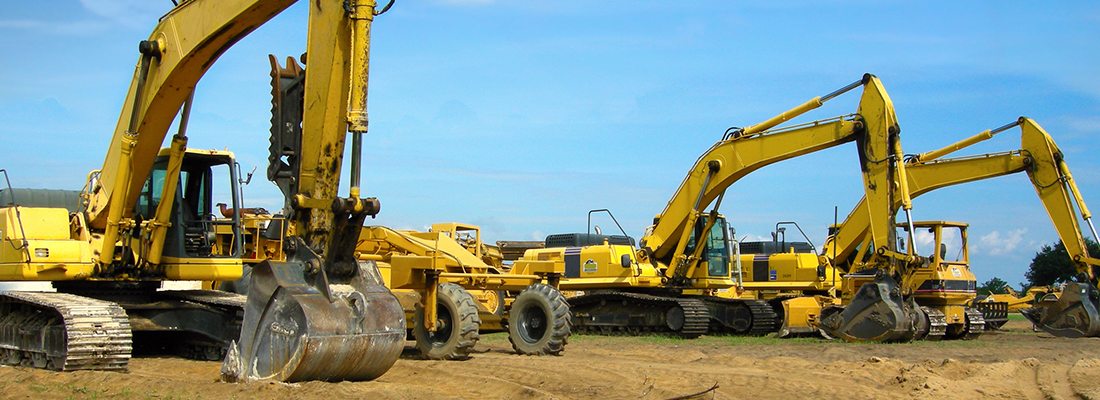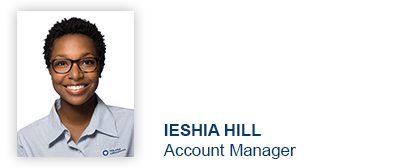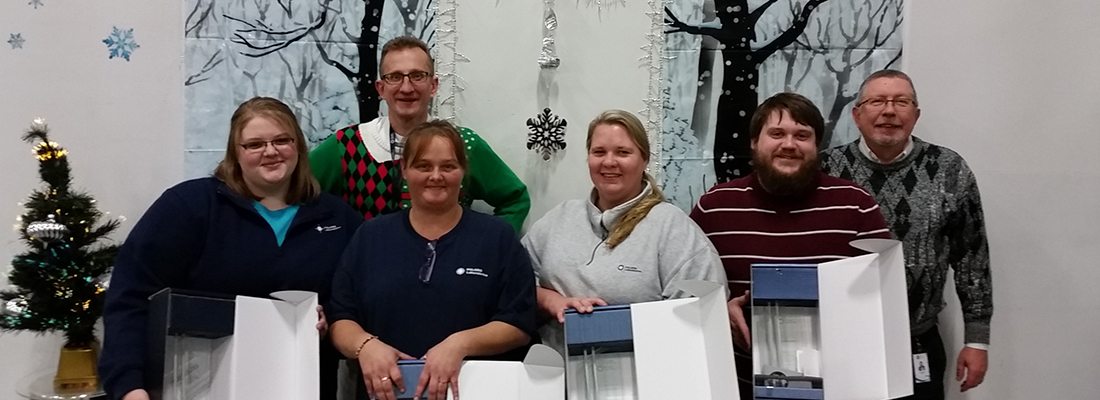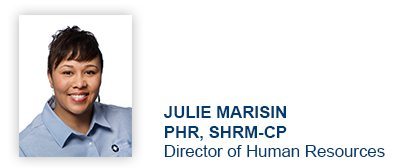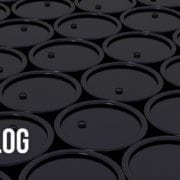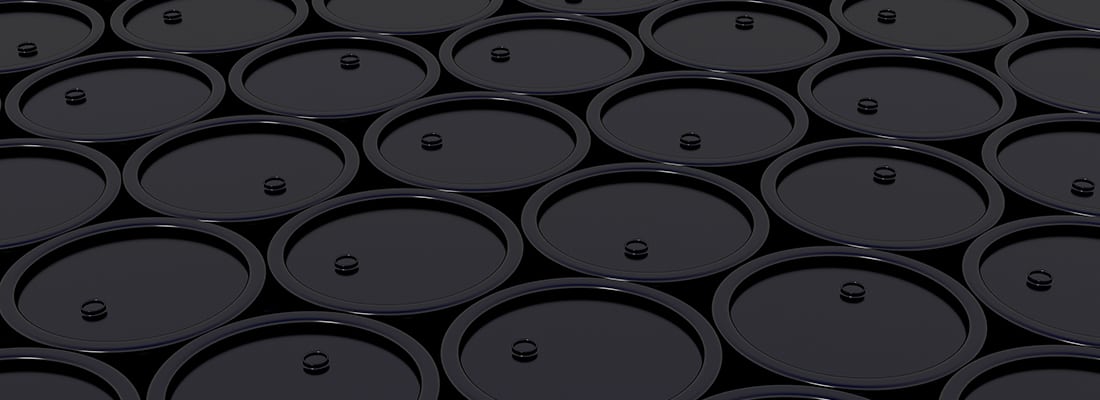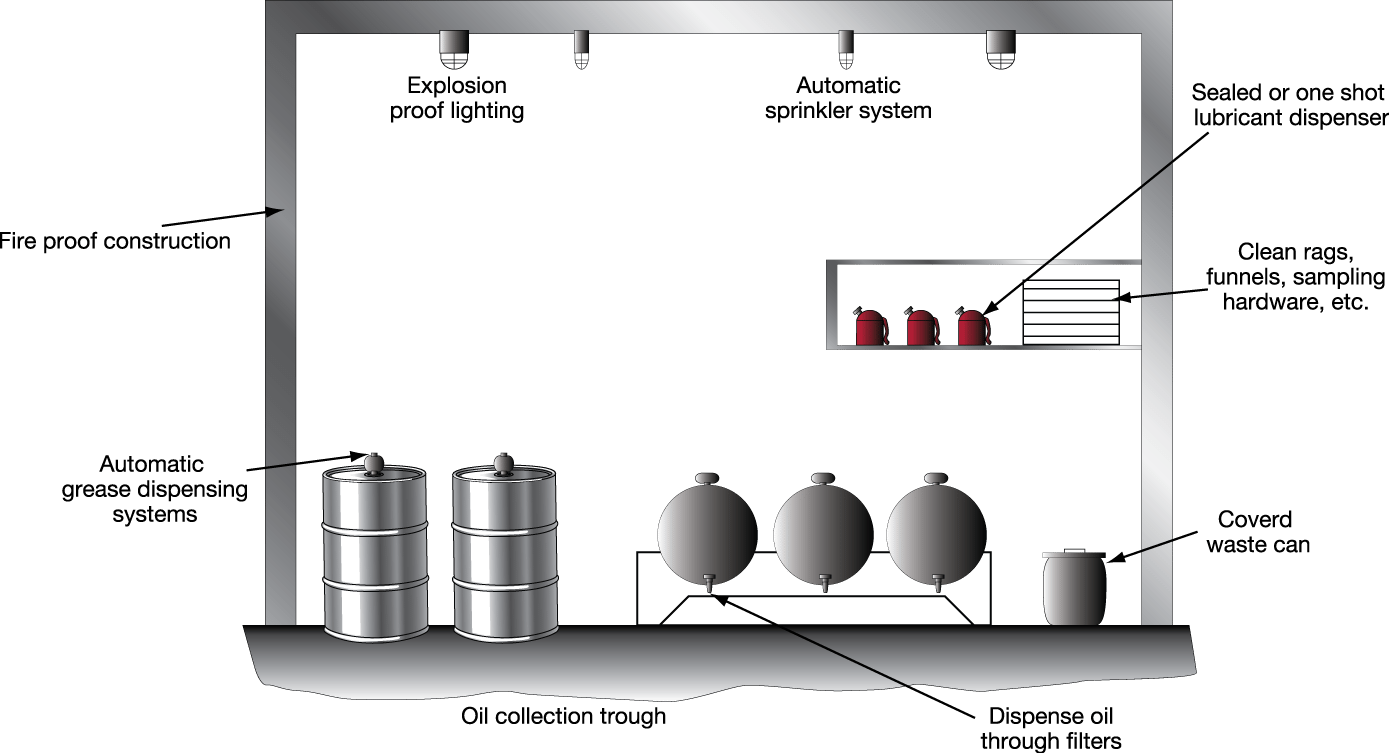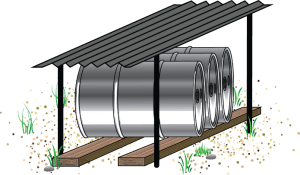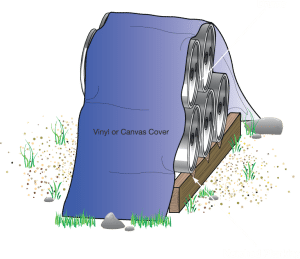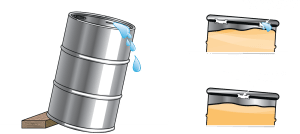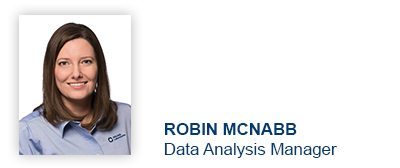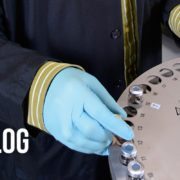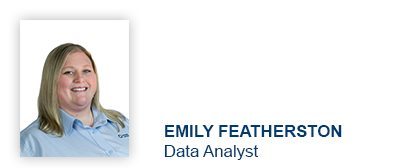Dos and Don’ts of Sample Submission
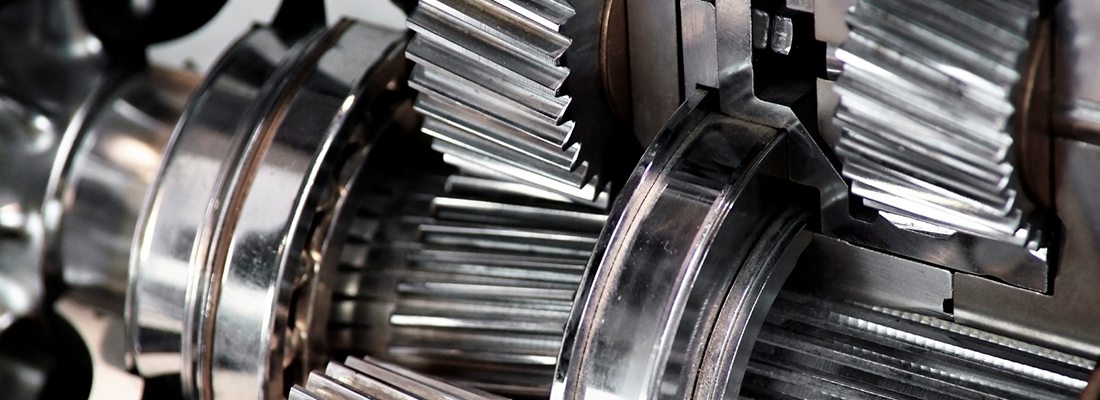
In a hurry to receive your sample results? The method you use to submit your sample for analysis has a significant impact on the speed in which your samples are received and processed by our team. At POLARIS Laboratories® we are working continuously to simplify the sample submission process, introducing a simple to use label and making sample submission available online via HORIZON®.
While these new methods have helped improve the overall process, there are a few simple steps you can take to ensure your samples arrive at the laboratory ready for processing!
Following these dos and don’ts will help you improve how you send your samples:
Do:
- Choose the correct sample bottle for your sample
- Make sure the cap on the bottle is tightly secured
- Follow these steps to fill out your EZ label
- Write clearly
- Fill out as much information about your sample as possible
- Send samples via UPS or FedEx for quicker turnaround time
- Take advantage of your carrier’s package tracking feature
- Take advantage of HORIZON
Don’t:
- Hurry! Speeding through the sample process could lead to mistakes
- Use a bottle not made for sampling
- Leave blanks in your sample information
- Forget to include the EZ label with your bottle (if you did not submit online)
- Send via USPS if you’re on deadline
Spending a few extra minutes correctly packaging and sending your sample will help ensure you receive your results in a timely manner as well as improve the maintenance recommendations you receive from our data analysts.
If you have any questions about your sampling methods or your order, please feel free to reach out to us at custserv@eoilreports.com.
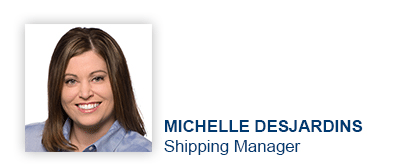
Proven Impact. Proven Uptime. Proven Savings.
Let us prove it to you.




